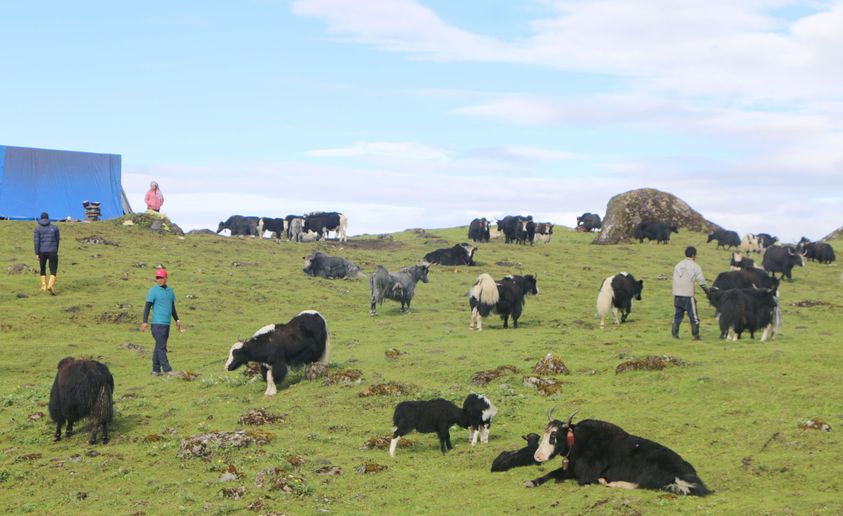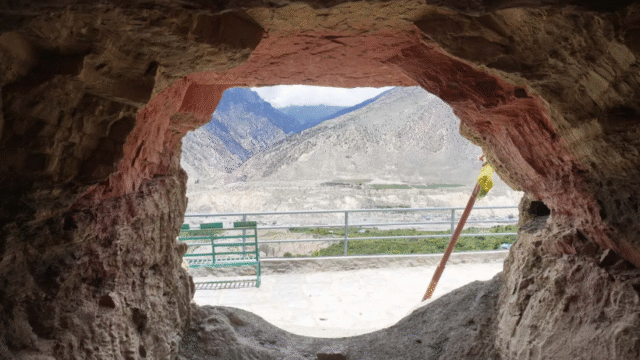The traditional cattle farming business, specifically the raising of chauri (a hybrid between a cow and a yak), is witnessing a decline in farmer interest in the district. Despite strong market demand for products derived from chauri milk, such as ghee and churpi, the sector is struggling to attract new participants.
Farmers attribute the decline to several factors, including a shortage of grazing land and a lack of interest among the younger generation. According to Pravin Rai, a local chauri farmer, the number of chauri herds in the Mayung area, which once numbered in the hundreds, has now dwindled to just eight to ten herds. The primary issue facing chauri farmers today is the scarcity of grazing areas.
Although chauri farming has historically been a lucrative source of income, ongoing challenges have led to a decrease in interest among farmers each year. Rai notes that restrictions imposed by community forests and other authorities on grazing lands have had a direct impact on the business. Chauri farming requires ample grassy fields for grazing, but these areas are becoming increasingly scarce.
“The market for chauri milk products is strong,” Rai said, “but the number of chauri farmers is declining every year. The main problem is the shortage of grazing land, which puts the entire business at risk.” He estimated that chauri farming could yield an annual income of between NPR 400,000 and 500,000. However, the profession is fraught with challenges, particularly in the mountainous regions where farmers must endure significant hardships. Despite the potential for good earnings, many are abandoning the business.
Locally, chauri milk products like ghee and churpi are sold both in the market and directly from farms. Rai mentioned that the demand for chauri ghee and churpi remains high, with ghee being sold for NPR 2,500 per jar and churpi priced between NPR 800 and 1,000 per kilogram. The chauri farming is predominantly conducted in higher altitude areas such as Mayung Danda, Silichung, and Saunedanda.
The shortage of grazing land is exacerbating the crisis. According to Bimal Rai, a chauri farmer, each chauri needs to graze between 12 to 15 kilometers a day. Limited grazing areas and insufficient movement result in reduced milk production. Many farmers are abandoning the practice due to these challenges and changing preferences among the younger generation.
The availability of nutritious grass for chauri is also diminishing, further impacting the business. Farmers are calling for better management of grazing areas to sustain chauri farming. Experts suggest that chauris, which can tolerate colder temperatures, can be raised at altitudes ranging from 2,000 meters to 5,000 meters in the Himalayas. Chauris are hybrids born from breeding hill cows with Himalayan yaks, and they are valued both as livestock and for their resilience.






